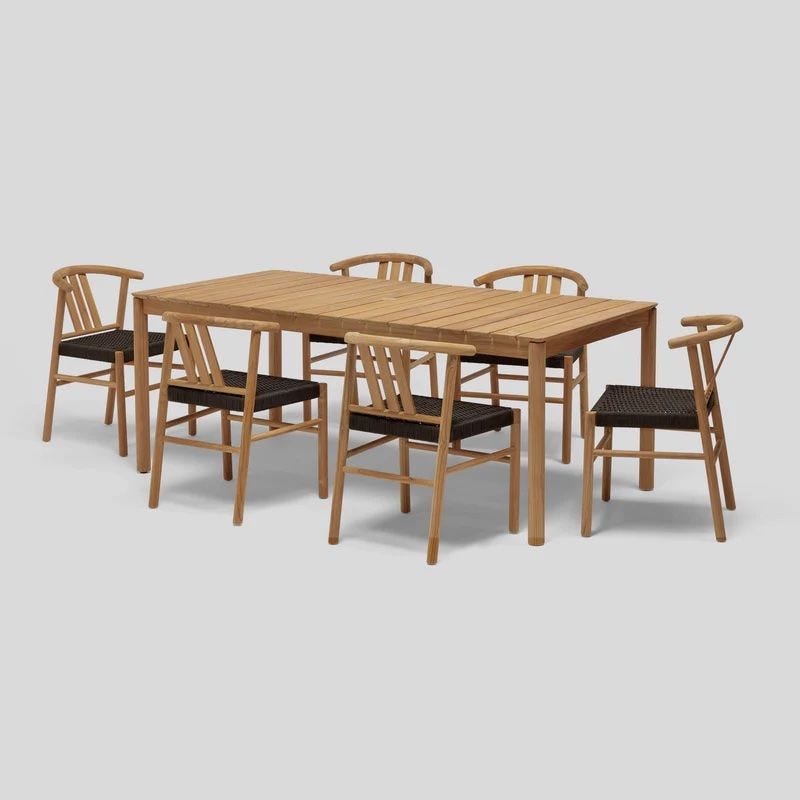How Ergonomic Office Furniture Boosts Productivity

In the evolving landscape of modern workspaces, ergonomic office furniture has become more than a luxury—it is a strategic necessity. As organizations prioritize efficiency and employee well-being, the physical work environment plays a crucial role. A thoughtfully designed chair or desk can be the catalyst for sustained focus, reduced fatigue, and elevated output. Investing in physical comfort isn’t just a matter of aesthetics or posture—it’s a proven approach to optimizing workplace performance.
Beyond Comfort: The Psychology of Space
Physical discomfort in a workspace subtly erodes mental clarity. An unaccommodating chair may not only strain the back but also strain concentration. The mind, diverted by constant physical unease, loses its edge. In contrast, a well-structured workspace silently empowers professionals to direct their full attention to the task at hand. This harmony between body and mind is often underestimated but holds transformative potential in daily operations.
The Posture-Performance Connection
Posture isn’t merely a matter of decorum—it’s a mechanism that directly impacts breathing, circulation, and energy. A properly aligned spine enhances blood flow and oxygen delivery to the brain, sharpening cognitive function. Over time, this alignment minimizes fatigue, enabling individuals to perform consistently without the need for frequent breaks or mental resets. Businesses aiming to improve efficiency must acknowledge the biomechanical influence of posture on workplace outcomes.
Reducing Absenteeism through Better Design
Musculoskeletal issues remain a top cause of employee absenteeism. Poor seating and non-adjustable desks contribute significantly to back pain, neck strain, and repetitive stress injuries. When employees operate in poorly designed environments, the toll accumulates—first in discomfort, then in lost days. Ergonomically conscious workstations mitigate these risks, providing adaptive support that evolves with each individual’s posture and movement. The result is fewer sick days and more consistent productivity.
The Rise of Adaptive Workstations
Sit-stand desks, adjustable monitors, and dynamic chairs have ushered in a new era of workplace flexibility. These elements foster a fluid work rhythm—one that respects the natural inclinations of the human body. Employees who alternate between sitting and standing experience less stiffness and maintain higher energy levels throughout the day. This fluidity encourages movement without disruption, allowing individuals to remain engaged and energized across longer stretches.
Focus Amplified by Physical Harmony
Distractions in the workplace are manifold. Some are external—noise, interruptions, technology. Others are internal—aching joints, a tense neck, cramped legs. These physical irritants steal cognitive resources, undermining focus subtly but persistently. A workspace designed around the contours and movements of the human form eliminates these internal obstacles. This enables a more immersive engagement with tasks, reducing mental fragmentation and enhancing creative thinking.
Enhancing Morale through Physical Investment
When organizations invest in superior workstations, they communicate a deeper message: your well-being matters. This gesture boosts morale and cultivates loyalty. Employees feel seen and valued, translating to increased job satisfaction and lower turnover rates. Moreover, an environment that promotes ease and health subtly encourages a culture of professionalism, where team members are inspired to bring their best selves to work every day.
Ergonomics in the Age of Hybrid Work
As hybrid work models blur the boundaries between home and office, the importance of adaptable furniture grows. Remote workers often improvise with dining chairs or sofas, leading to long-term health issues. Providing or recommending appropriate setups—even for home use—reinforces a commitment to sustainable productivity. Companies that extend ergonomic considerations beyond the office space future-proof their workforce against the hidden costs of makeshift arrangements.
Long-Term ROI of Ergonomic Investments
While quality furniture may seem like a hefty upfront expense, its returns are quantifiable. Reduced absenteeism, enhanced productivity, lower turnover, and decreased healthcare claims all contribute to a healthier bottom line. Over time, the cost per unit is outweighed by the compounded gains in performance and employee retention. Forward-thinking organizations recognize this as not just an operational investment but a strategic one.





/cloudfront-us-east-1.images.arcpublishing.com/gray/NJURSRWW4RDPFPPF3ZI4FKJCAE.jpg)